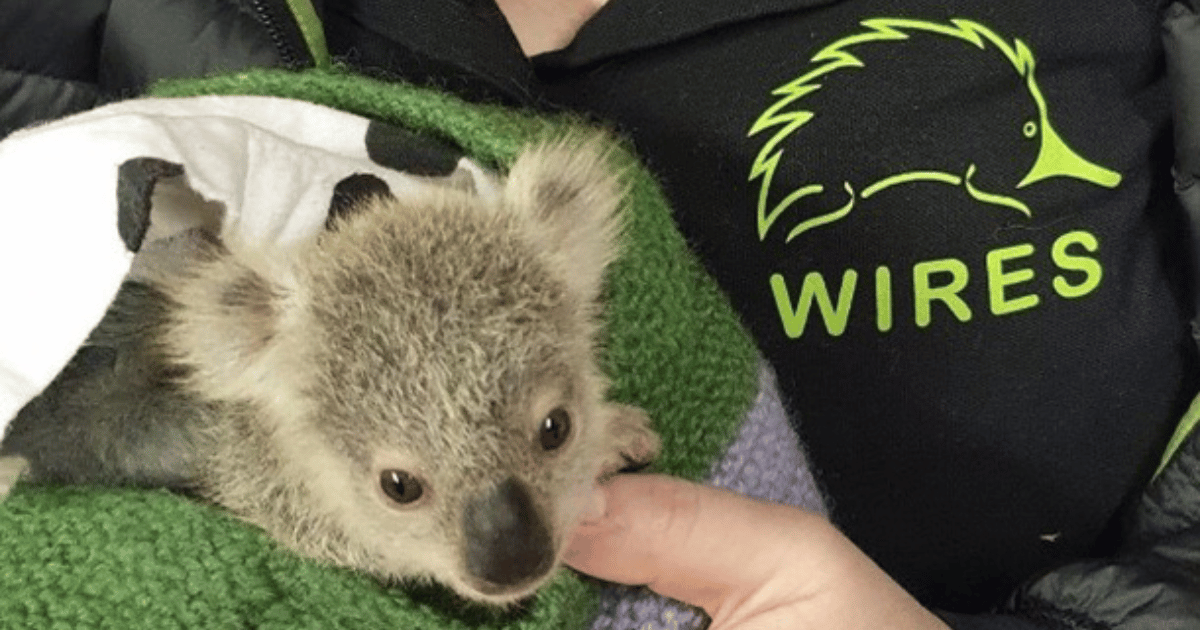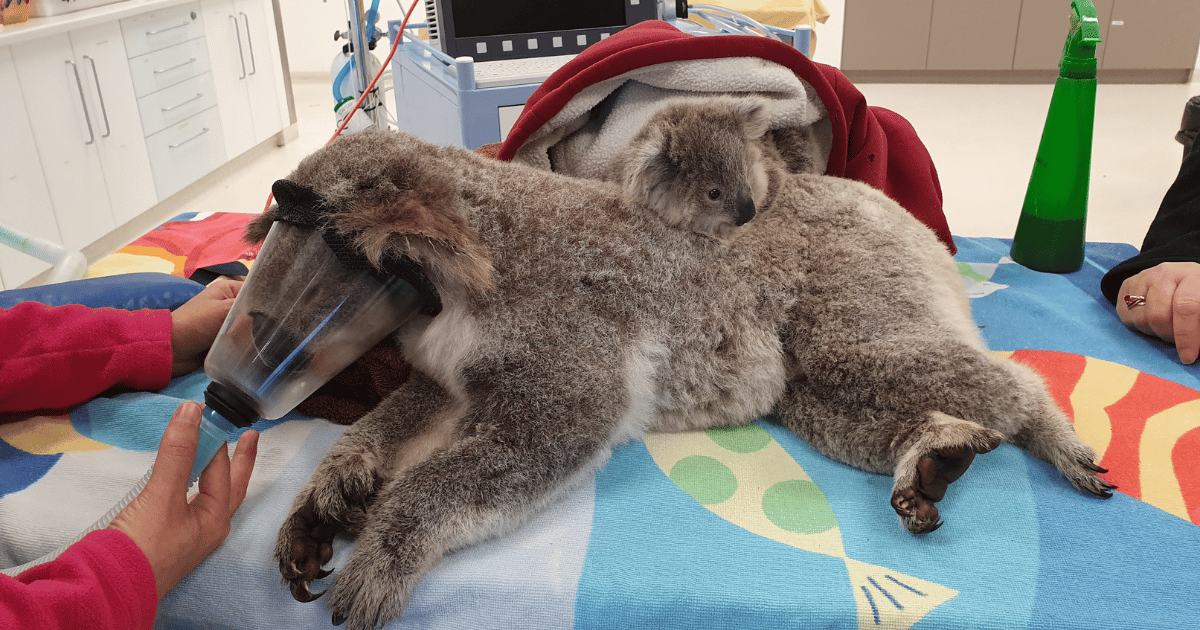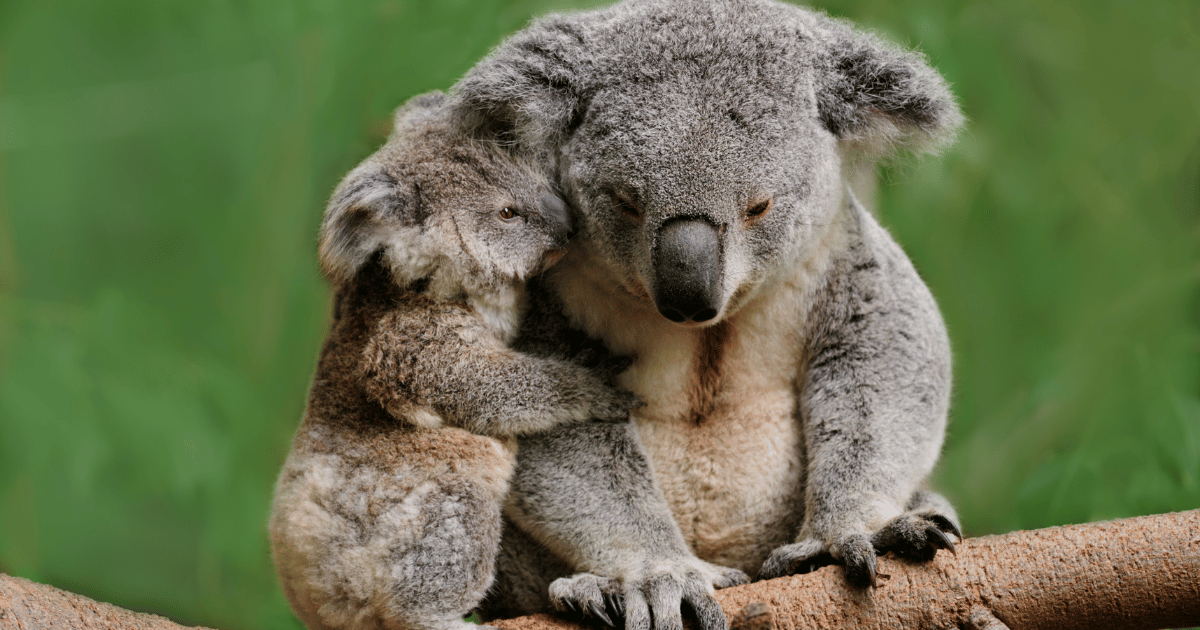
NSW Koala Strategy Under Review Amidst Threat of Extinction
Tuesday, March 26, 2024
The NSW Koala Summit took place in Sydney on March 22, 2024, bringing together 150 prominent individuals to assess the NSW Koala Strategy and create plans to protect koalas in the state.
Representatives from various sectors, including WIRES, attended the summit, providing a platform for the NSW Government to engage with diverse stakeholders. This included non-governmental organisations, private land holders, local councils, Aboriginal representatives, academics, researchers, businesses, and policymakers.
Minister for the Environment Penny Sharpe openly recognised the need for reassessment, acknowledging the current approach's shortcomings.
Koalas Are Facing Extinction
The findings from the Koala populations and habitat in New South Wales Inquiry, based on over 300 submissions, indicate that koalas in NSW face extinction before 2050 without immediate government intervention. Habitat destruction and fragmentation are the primary threats to koalas, with current government policies and laws deemed inadequate for their protection.
Prior to the 2019-2020 Black Summer bushfires, the NSW Chief Scientist estimated a 26% decline in koala populations over the previous three generations (15-21 years), a trend expected to persist in the subsequent three generations. Alternative estimates suggest a population loss of up to 50% since 1990, resulting in a stark decline to as few as 15,000 koalas remaining in NSW. This contrasts sharply with historical population levels, where between 8 and 11 million koalas were killed for their skins between 1888 and 1927.
Human activity remains the primary threat to koalas' survival.

Habitat Protection, Restoration and Connectivity
Immediate government action is imperative to halt the clearing of koala habitat, particularly in peri-urban and rural areas. Alongside protection measures for existing and potentially vital habitat, proactive efforts to restore and expand koala habitats are essential to uphold the government's pledge to double koala numbers by 2050. Given the precarious state of koala populations, a significant expansion of protected habitats is necessary to ensure their survival and prosperity.
Connectivity & Wildlife Crossings
Wildlife corridors serve as contiguous pathways within natural habitats, facilitating movement for koalas to seek mates during breeding seasons and for young koalas to disperse when mature. These corridors, essential habitats themselves, require a minimum width of 450 metres to be effective. Unfortunately, existing government policies and laws permit habitat destruction and fragmentation by employing average widths, allowing narrow and unfeasible corridors to be approved. Crucial habitat corridors, like Mallatty Creek at Gilead (Appin), are being eliminated from planning maps, contrary to the advice of the Chief Scientist.
Road projects, including widening and construction, exacerbate risks for koalas, creating physical barriers and hazards. In northern NSW alone, over 120 koalas were struck by vehicles within a short timeframe.
In Campbelltown, Appin Road intersects koala habitat between the Nepean and Georges River, posing a significant and persistent threat to koalas. Over a similar period to Northern NSW, around 10% of the local koala population perished on a 2 km stretch of Appin Road, a figure that has doubled in a single generation. Similar challenges are observed in various locations across the state.
The Campbelltown koala population, free from disease and expanding, is vital for koala survival in NSW.
Transport for New South Wales (TfNSW) recently approved an upgrade to Appin Road, opting for an underpass instead of a wildlife overpass adjacent to Noorumba Reserve, a critical habitat corridor identified by the NSW Chief Scientist. This decision prioritises expediency over the well-being of endangered koalas and other wildlife, neglecting best practices and opting for lower-cost alternatives. The Department of Planning has further exacerbated habitat destruction and fragmentation along the corridor, reducing its width below the recommended minimum of 450 metres. These decisions significantly increase the risk of local extinction.

A Different Approach Is Needed
Minister Sharpe pointed out that the current strategy concerning koalas and governmental decision-making is ineffective. The threats to our endangered koalas are escalating, and the prospect of extinction looms closer. Extinction is a consequence of choices made, highlighting the urgency for government policy and law changes.
Implementing measures that enhance the protection of koalas, their habitats, and corridors would mitigate the primary threat of habitat destruction and fragmentation. Immediate action is imperative, necessitating the prompt implementation of protective measures.
Enhancing habitat protection and ensuring connectivity will bolster koala populations statewide, instilling confidence in government processes and notably reducing the number of sick and injured koalas needing care.
The Environment Minister Penny Sharpe, the NSW Government, and a new Koala Strategy must:
- Immediately prohibit clearing koala habitat, including those known to be or highly likely to be needed or used by koalas.
- Immediately cease all logging across the proposed Koala National Park by State Forests.
- Protect existing habitat through inclusion in National Parks and other protected areas.
- Invest in the large-scale restoration of koala habitat and expansion of wildlife habitat corridors to a minimum width of 450 metres, removing the possibility for unviable corridors through average widths.
- All new road projects and upgrades to existing roads in koala habitat include wildlife overpasses and other mitigation measures.
- Increased support for the volunteer wildlife rescue and recovery sector to care for koalas and return them to their habitat.
- Include further Government areas in the Koala State Environment Planning Policy (Koala SEPP)
- Koala Plans of Management (KPoM) be developed for all Local Government Areas (LGAs) with koala populations and habitat.

Have Your Say
The NSW Government has published a discussion paper, providing an opportunity for you to voice your opinions on the necessary steps to ensure our koalas survive and thrive in our communities and throughout the state. Alternatively, you can contact your local MP to express your views.
Recent Posts
Celebrating World Earth Day: The History of Environmental Action and Collaboration
Feathers of Change: Native Duck Identification Project
NSW Koala Strategy Under Review Amidst Threat of Extinction
WIRES Teams Up With SES To Save Black Swan
Celebrating National Eucalypt Day
WIRES National Grants Support Heathcote Local to Landscape Project
WIRES and Taronga Team Up To Deliver World-Leading Platypus Facilities
WIRES Research Grant Recipient Aims to Protect Platypus Populations
WIRES Vet Dr. Tania Bishop's Wildlife Journey
Securing Koala Survival: Appin Road Wildlife Crossings Fall Short, Urgent Need for Overpasses
